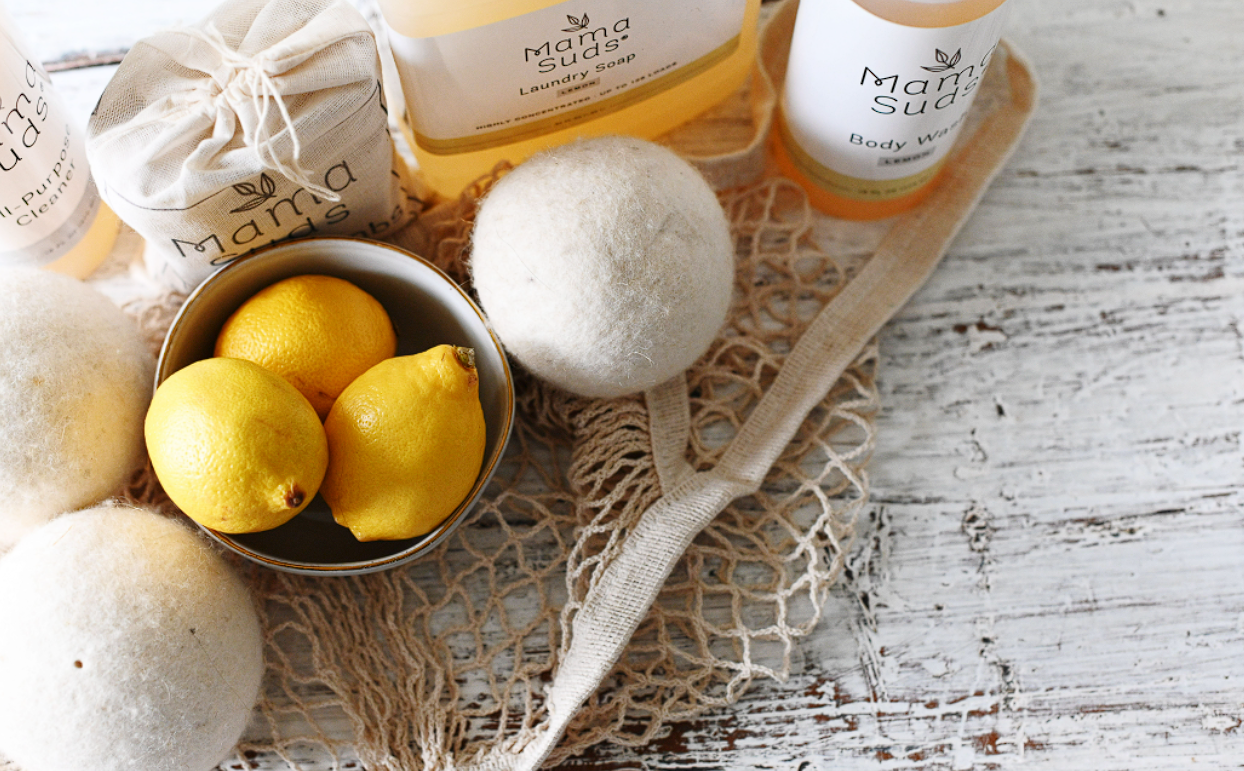
The CleanSuds Blog
Where education and truthful facts are easy to come by.
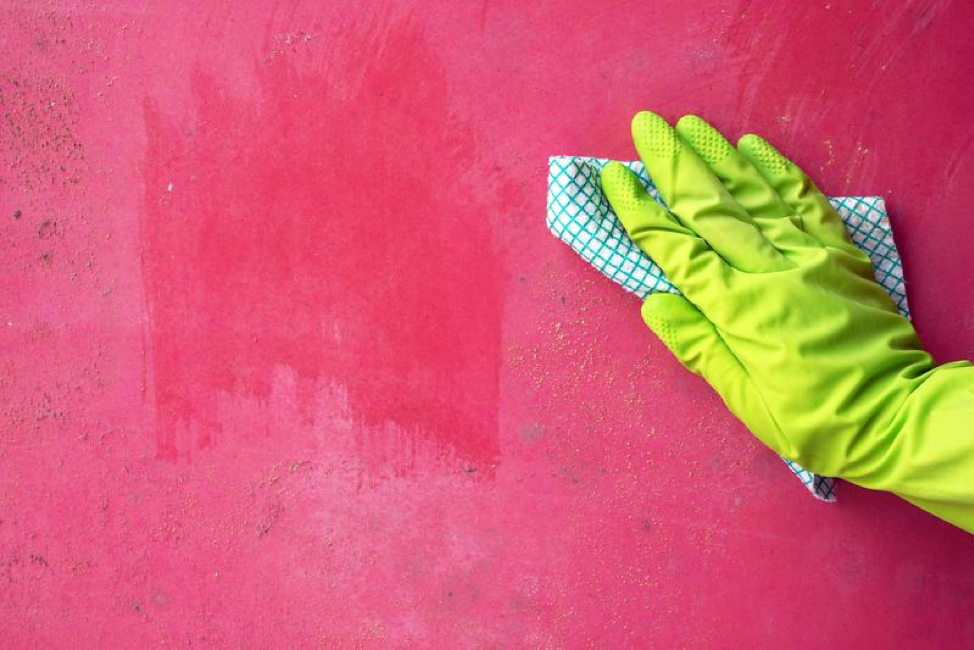
4 Toxin-Free Ways to Clean Up Mold
Within most humid and warm environments, there is the by-product called mold. Whether you live near a forest, by the ocean, or any other moist place, mold will thrive. It can work on decaying certain organic materials and recycle them back into the Earth. Molds can also be used to make enzymes to make certain foods. Molds have the ability to develop penicillin and other antibiotics. However, the last place you want mold would be in your house. How do you remove your home’s mold without introducing other harmful toxins? Here are four ways to do it.
Early Detection
Detecting mold in your home as early as possible is the best strategy, simply because the spores can become airborne and cause the mold to easily spread. Cleaning it off of walls within a few hours of the first appearance of mold is ideal.
Use Vinegar
The best way to utilize vinegar as a mold-fighting agent is to spray it undiluted on the offending area. After leaving the vinegar on the mold for a few hours, you can wipe off the mold. White vinegar is particularly adept at killing mold spores, with some studies reporting a track record of eliminating 82% of them.
Hydrogen Peroxide
If you’re turned off by the smell of vinegar, in many cases, you can utilize hydrogen peroxide to get mold residue off your surfaces. Just spray a 3% hydrogen peroxide solution on the mold and wait for ten minutes. After you scrub it clean, you can remove any residue with a damp cloth to treat any residue. Many individuals have found hydrogen peroxide and vinegar as an effective solution for mold issues. Store it in a bottle in a dark area so light doesn’t break it down.
Stock Up on MamaSuds
There are plenty of all-purpose cleaners on the market today that fight mold, such as Mamasuds. This brand diminishes mold by neutralizing the properties of the fungus and then the cleaner can wipe it away almost immediately.
As you can see, there is no need for you to use harsh chemicals to clean up the mold issues in your home. You can use any of these alternatives and you can also talk to experts to learn of countless more options too. These individuals have spent their whole careers finding new ways to combat the mold problem in many homes, and they would be happy to assist you.
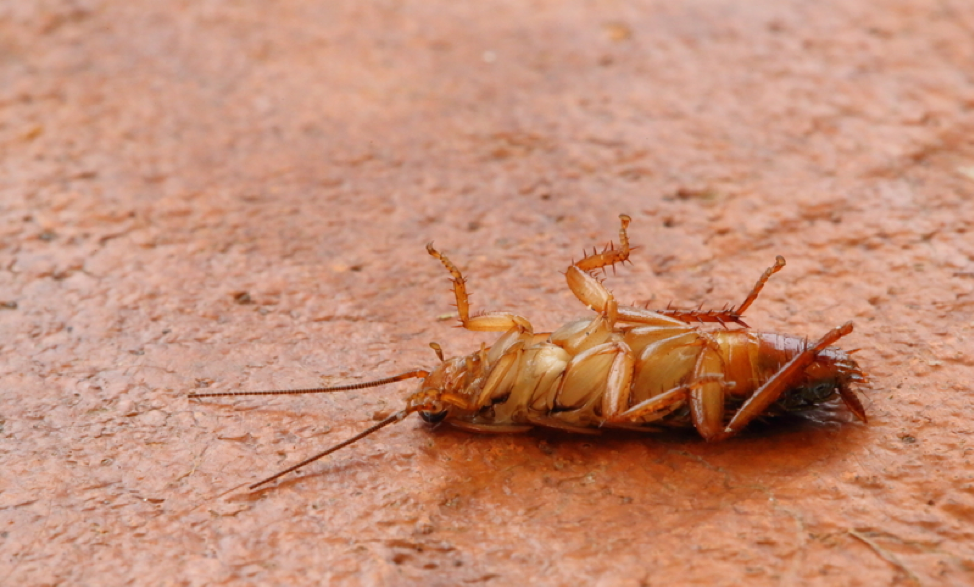
Can Vegans Use Pest Control?
• Non-lethal alternatives such as catching and releasing, preventing entry, and keeping the house clean are possible solutions.
• Compassionate pest control companies provide humane options by employing strategies such as relocation, traps, contraception and rehabilitation.
• Respect for the rights of all living beings should be observed when dealing with pest removal.
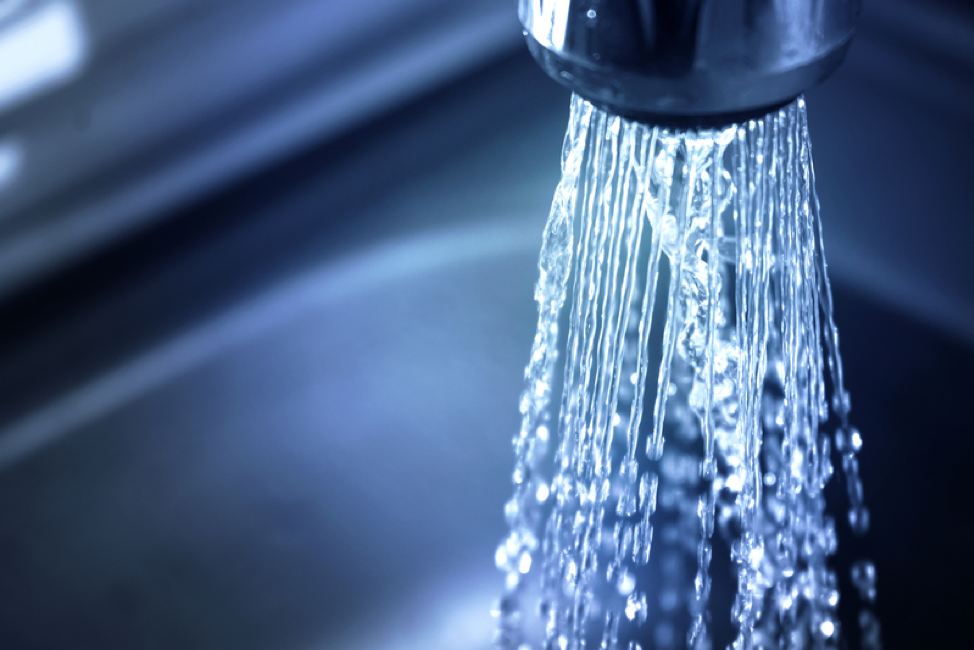
3 Tips to Reduce Your Home's Water Footprint
Lowering your home’s water footprint is good for the environment and your bank account, but many homeowners don’t know where to begin this process. If you are ready to make your home as efficient as possible, then here are a few tips that you can use to reduce your water consumption.
Find Alternatives
Upgrading just a few of the fixtures and appliances throughout your home could reduce your water footprint by a substantial amount. Depending on the size of your family, simply replacing your old toilets with low-flow toilets means less water is used with every flush, and as a result, you’ll see the difference on your utility bill. You should also consider replacing your dishwasher and washing machine with high-efficiency devices that have been tested and approved by the EPA’s WaterSense program. The WaterSense program will only approve a device or product if it adheres to very strict guidelines.
Check Your Yard
As a homeowner, it is important for you to realize that replacing your yard with an artificial alternative can save you money and water. Even a small yard can take a lot of water, and it might be worth it to switch over to drought-resistant landscaping. You should also check all of your irrigation pipes, spigots, and sprinkler heads for any signs of damage once every few months. Some of the most common signs of an irrigation leak include discolored patches of grass, unpleasant smells in your yard, and damp concrete. Luckily, those leaks are usually very easy to repair, and you probably won't need anything more than a pipe coupler and some pipe cement.
Keep an Eye out for Leaks Inside Your Home
A leaky faucet might not seem like a big deal, but a single slow leak could waste over 160 gallons of water per month. The easiest way to check for leaks is to shine a flashlight on all of the exposed pipes and fixtures throughout your home. You should also keep an eye out for other signs of water damage such as sagging floorboards, discolored walls, and patches of mold. Due to high levels of moisture, it's not uncommon to find mold growth in your bathroom vanity. In this case, it's important to address the plumbing issue and replace the mold-damaged bathroom features. If you believe that you might have a plumbing leak in your home but can’t find any damage, then you might want to invest in a remote leak detector as well.
In addition to these few tips, you must also make sure that you change some of your daily habits. Turning the faucet off while you brush your teeth, limiting your showers to just a few minutes, and other minor changes will drastically reduce your home’s water footprint.
Want another practical way to help the environment and reduce your footprint? Try using our environmentally-conscious and cleaning products and soaps!

Starting Spring Cleaning? Do Some Spring Cleaning for Your Body, Too
Coming out of hibernation often means that you get the desire to clean out your life so that you can start fresh. Usually, that means cleaning and organizing your house. But spring cleaning your body is also important. Below, you will find 3 ways to spring clean your body so that you feel brand new.
Get Lots of Sunshine
The first thing you can do to restore your body after the harsh winter months is go out and enjoy the sun. Sunlight Institute explains that exposure to sunshine can increase the amount of serotonin in your brain. That’s important because serotonin is the happy chemical your brain produces. Sunlight triggers your body to produce serotonin, which can help boost your mood and get you that happy feeling. Sunlight also helps your body create vitamin D, which keeps your bones healthy. Sunshine has even been proven to help with other conditions, including rheumatoid arthritis and inflammatory bowel disease. Yet when going out to get the much-needed rays of sunlight, be sure to always wear sunscreen.
Take a Detox Supplement
Another way to spring clean your body it to go through a healthy detox. Supplements like milk thistle, magnesium, and selenium can help regulate and detox the body. These usually come is proprietary blends that mix these supplements together for the best results. Redox is another kind of supplement good for detoxing. This supplement is made of botanicals, berries and fruit, and vitamins. ASEA suggests that taking a redox supplement can improve immune function, recalibrate the body's natural inflammatory response, support cardiovascular health, and stimulate digestive enzyme production. As always, be sure to check with your doctor before taking any supplement.
Switch to Natural Body Products
Last, switching to natural body products can give you that spring refresh you need. Most common shampoos, soaps, and cleaners contain unnatural ingredients such as sodium laureth sulfate, propylene glycol, siloxanes, petrochemicals, and many more. And that’s on top of all the fragrance and color dyes that they contain. These ingredients can affect your hormones, disturbing them from working right. However, there are a ton of natural beauty products out there that don’t contain any of these harmful ingredients. Safe body wash, shampoos and soaps, skip the dyes, parabens, and chemicals that can clog up your body.Getting outside and feeling the sun on your skin, going through a simple detox, and switching to all-natural body products will help your spring clean your body and leave you feeling refreshed and renewed.

Antioxidants 101 for Vegans
If you have taken on a vegan diet, this means that you consume food that doesn’t come from an animal-based product. There are many benefits to living a vegan lifestyle, but this lack of animal products can sometimes leave you short on certain nutrients. With a little bit of dietary planning and supplementation, you can still reap the benefits of eating vegan.
What Are Antioxidants, and How Do They Work?
The actual process of how an antioxidant works is pretty involved. However, the basic understanding of antioxidants can be understood from a molecular standpoint. Our universe is made of atoms, each with a core of protons and neutrons. Electrons also revolve around the core area. Two or more atoms are considered to be molecules. Our bodies contain DNA, which are large molecules joined together with atoms. When a bigger molecule in our body is broken down into smaller ones, this is the process called metabolism. When the body loses an electron within its molecule, it turns into a free radical. These free radicals can be extremely harmful to the body, causing cancer and disease. Antioxidants can provide electrons to the damaged molecule to neutralize it. ASEA explains that redox signaling molecules optimize antioxidant function, helping maximize health and wellness benefits.
Which Foods Contain the Most Antioxidants?
InnerSpark describes that there are many vegan foods that contain plenty of antioxidants. This can include foods like tomatoes, grapes, berries, dark chocolate, broccoli, artichokes, beans and walnuts. Basically, the more colorful a fruit or vegetable is, the more likely it is to have a high concentration of antioxidants. Buying these ingredients organic will increase their nutritional power. Organic products are free from pesticides, herbicides and fertilizers. All of those chemicals can actually harm your body and require more antioxidants.
It’s Great to Be a Vegan
Organic Facts talks about how there are many health benefits associated with being vegan. This includes a reduced risk of diabetes, high blood pressure, high cholesterol, cancer, arthritis, chronic inflammation, chronic pain and asthma. People who live a vegan lifestyle tend to have an easier time managing their weight and experiencing a higher level of energy each day.
Whether you're currently living as a vegan or you would like to take on this lifestyle, it is important that you understand the nutritional aspect. You want to reap all the benefits of being vegan, but you still want to make sure that you are getting all of the nutrients that your body needs in order to thrive.
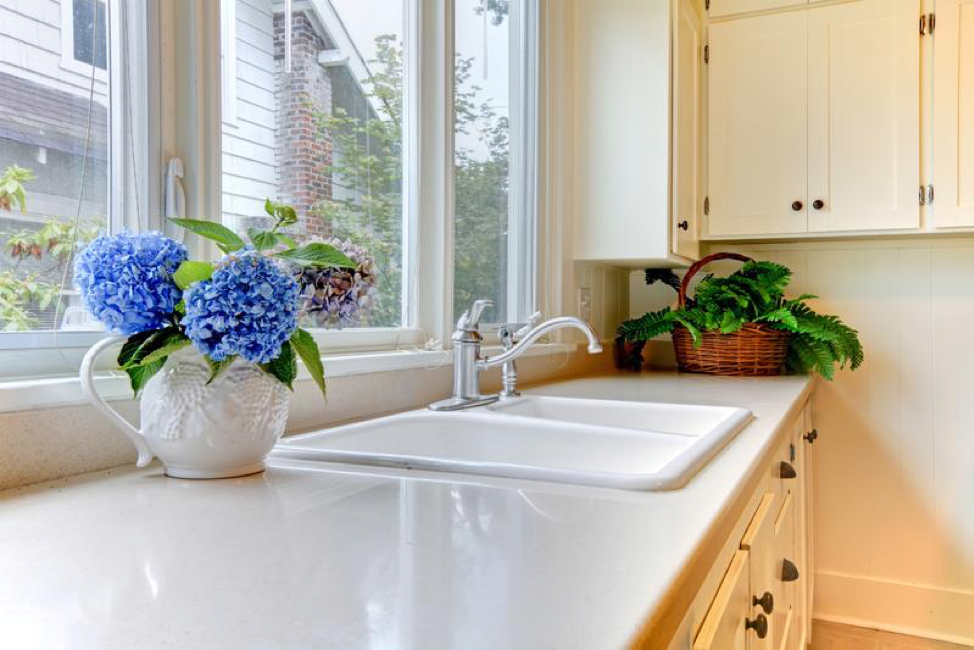
3 Spring Cleaning Tips to Make Your Kitchen Look Like New
With spring in full swing, many homeowners are deep cleaning their houses and clearing out the clutter. Although your kitchen may look clean on the surface, you never know what kind of grime and germs are lurking. That's why it's always a good idea to give this room a thorough cleaning every spring. Here are three tips for making your kitchen look spotless during spring cleaning.
Clean Your Tile and Grout
One key component of any kitchen spring-cleaning process is scouring the tile and grout. While most tile is resistant to stains, the porous nature of grout can make it hold on to bacteria-containing dirt and grease. Although there are many homemade grout-cleaning concoctions, these can often damage your tile. Because cleaning your tile safely and effectively can be a challenging task, it is often best to leave the job to professionals who have the knowledge and tools to give you the results that you desire.
Care for Your Kitchen Cabinets
As the face of your kitchen, it is imperative that you give your kitchen cabinets some TLC when you're spring cleaning. Especially for cabinets near the stove, food and grease splatter can become a real problem for the surface of cabinets. A professional service will ensure that the right cleaning materials are used on them. It is then important to look for tips for caring for your kitchen cabinets so that when the professionals are done you can maintain the spotless look of your kitchen. The experts can provide you with advice and tips on keeping the cabinets looking spotless for months to come.
Organize Your Pantry
The pantry is usually the most cluttered and messy area of the kitchen. Installing an organizational system in your pantry can help you keep things in order and minimize the mess. To reduce food waste, you should store the newest items in the back of the pantry and put the food that will expire soon at the front. Storing dry ingredients, such as flour and sugar, in airtight containers will help to keep them fresh and safe from pests. Once you have an intuitive system in place, it will be easier to keep the pantry organized and accessible.
Although it can take a lot of initial work, making the time to deep clean your kitchen will pay off big dividends. A clean kitchen will inspire you to cook more and enjoy the fruits of your labor.
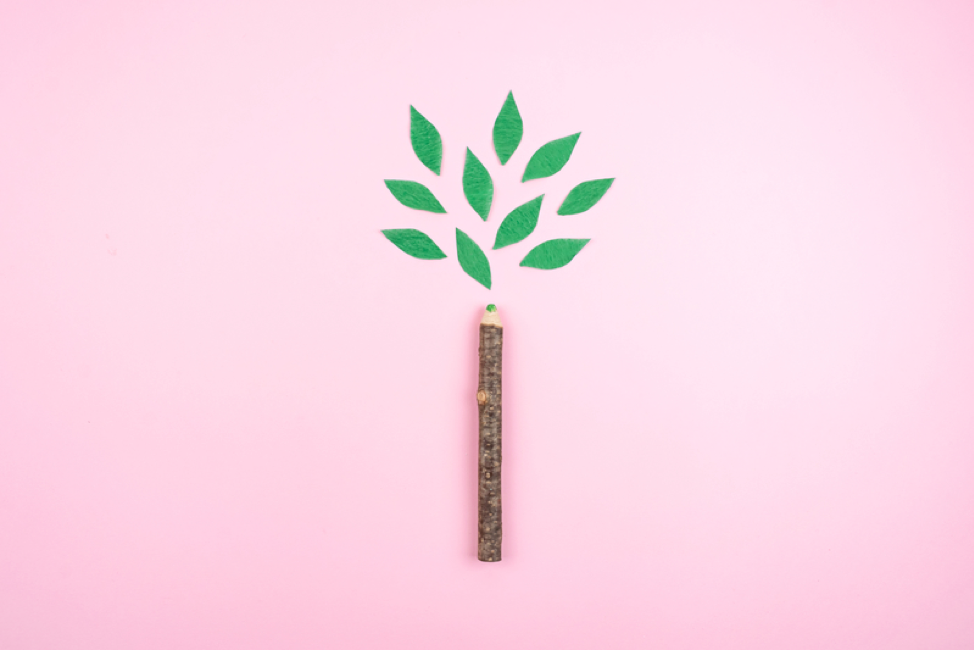
4 Smart Ways to Reduce Your Carbon Footprint
All of our actions have consequences, but some of these consequences last far longer than others. A desire to get things done faster or to increase our comfort even slightly can have massive repercussions for the environment. If you're looking to reduce your carbon footprint, then these are four easy ways to do it.
Cut Back on Meat
Meat consumption has some very intense impacts on the environment. Just a pound of beef can require nearly 2,000 gallons of water. There are also other things to consider such as deforestation. If you're not ready to give up meat completely, you can still cut back your consumption. Reduce your meat consumption as much as you can. You can start by only eating meat on certain days of the week. As you open yourself to more fruits and vegetables and other forms of protein, you might find yourself feeling much more energized.
Switch to Energy Star Appliances
Being environmentally friendly doesn't mean you have to get rid of all conveniences. You can help the environment by switching to Energy Star appliances. Not only can these appliances help reduce carbon emissions, but they'll also help reduce air pollution and even save you money. You can easily identify Energy Star appliances, and they can include your fridge, your washer and dryer, and more. This brand can really make a difference in terms of reducing your carbon footprint.
Drive Less
Cars have become such a pinnacle of society that it's easy to forget how much damage they can do. Pollutants from vehicles shouldn't be overlooked, especially when there are so many alternatives. You can try biking, using public transportation, or even walking when the weather allows it. You can also try setting up a carpool with your neighbors to reduce the number of vehicles on the road.
Plant a Tree
Another smart way to reduce your carbon footprint is to plant a tree or garden. Plants not only absorb carbon dioxide from the air but also add beauty to the surrounding environment. In addition to environmental benefits, planting a tree is a great way to add shade to your yard, improve the look of your property, and even memorialize a favorite pet. Trees, vegetable gardens, and flowers all make great additions to any home. If you live in an apartment or urban area, then you could look into your options for contributing to a community garden or green roof.
You might have to make a few sacrifices in order to reduce your carbon footprint. However, these are small in the grand scheme of things, especially when you consider that the purpose is to help the earth's longevity. Talk to your friends and family about your new eco-friendly lifestyle and do your best to encourage them to follow your example.
Check out our great selection of eco-friendly household cleaning products to keep your home as environmentally conscious as possible!

Cleaning Mistakes That You are Probably Making Every Day
Many of us fancy ourselves expert cleaners. Most of us learned from our mothers and they learned from their mothers before them. Cleaning tips and tricks have been passed down for generations. What we don’t know is that there are cleaning mistakes that we make every day. We just don’t realize we are doing them!
Here are just a few cleaning mistakes we are probably making daily. It doesn’t mean we aren’t good housekeepers. It just means that we can learn something new every day!
1. Spraying window cleaner directly on the window
A lot of people are guilty of this one. When you are cleaning windows or sliders, you probably spray window cleaner right on the window. Most people spray the cleaner evenly from top to bottom. They then thoroughly wipe the window with their paper towel or cloth.
The mistake you are making is spraying the cleaner directly on the window. You should actually spray the cleaner on your cloth. Then, wipe the entire surface. When you are done, dry it with a clean cloth. You will find you can clean the entire surface using a lot less cleaning product.
2. Putting wet toilet brush away
Cleaning a toilet is probably your least favorite chore. But, it has to be done. Like the rest of us, you probably use a toilet brush and a cleanser often with bleach in it.
Using bleach is not the problem here (although there are many safer, chemical-free alternatives that may be a better option, especially if you have children or pets in the house, such as a blend of distilled white vinegar and baking soda). The problem is that we put the brush into a dirty toilet. We then scrub the bowl with that brush. The worst thing you can do is put the brush away as soon as you’re done.
Think about where that brush was. Think about what kind of scum it was scrubbing. What you want to do is use the brush to scrub the bowl using your chosen toilet cleaner. Then, flush the toilet. Once the bowl fills with clean water, rinse the brush off in the clean water.
Before you put the brush back in its holder, let it sit for about five minutes. You want it to be somewhat dry before you put it away. If you put a toilet brush away wet, it becomes a petri dish for bacteria.
3. Don’t use bleach
For many people, bleach is their ‘go to’ cleaner; it’s powerful, it’s quick, and it can handle some pretty tough stains. But bleach isn’t as good as we think. In fact, not only can it be quite dangerous (particularly upon direct contact with the skin, or if inhaled), but it’s also not great for some specific types of stain, such as rust stains which can actually become tougher to remove if they’ve been treated with bleach.
Using an all-purpose cleaner in the kitchen is fine, but if you’re interested in trying some safe cleaning methods in other parts of your home that really work, there are quite a few natural ingredients that are surprisingly effective.
For caked on dirt and grime, salt is an excellent abrasive and works to gently scrub away any dried food or mud from surfaces. And the acidity in lemon juice is brilliant at lifting stains and sanitizing areas… it can even mimic bleach by gently fading stains on cloths, simply squeeze a little lemon juice onto the fabric and leave to dry in the sun.
If you’re missing the classic cleaner smell, try adding a few drops of essential oils to your natural cleaning products to make your home seem fresher.
4. Scrubbing carpet spills
When we see someone spill juice or wine on our carpet, we cringe. We are tempted to take a rag and scrub the stain immediately. This is abig cleaning mistake – and one that can cause permanent damage to your carpet.
Scrubbing carpet spills can tear or twist the carpet fiber. It can also cause the stain to spread. Chances are, you won’t be able to fix either of these issues.
There is a better way to clean carpet spills. Rather than scrub the spill with a rag, try the following:
- Blot the spill with a paper towel. Don’t use a cloth rag – it can worsen the stain.
- Test your carpet stain remover in a discreet spot - don’t use it on your open carpet until you know it’s safe (better yet, try spraying it with MamaSuds All-Purpose Cleaner or Castile Soap!)
- Once you test the carpet cleaner, apply it to the affected area
- Follow the instructions on your cleaner to determine if you need to blot after application
If you follow these steps, you will manage to get the stain out without ruining your carpet.
5. Vacuuming while there’s still dusting to do
When we’re cleaning, we are tempted to work one room at a time. We tend to clean and dust one room and then vacuum that room. Once we’re done one room, we move on to the next. However, you should wait to vacuum until you are done dusting the entire level of your house.
When you dust and clean chandeliers and ceiling fans, you cause dust to blow around. This dust will settle on your furniture and floors. If you dust after you vacuum, you will be soiling your floors all over again.
The best way to clean is to first clean all ceiling fixtures. Then dust and polish furniture. After this is all done, then it is safe to vacuum. By this time, any dust and debris that is going to fall to the floor has already settled. If you vacuum last, you ensure that your house will be in tip top shape.
6. Putting the silverware in the dishwasher in the same direction
When loading the dishwasher, we all have our own style. Some people face all the plates one way. Other people insist on putting their silverware face down. One mistake many people make is having their silverware all face in the same direction.
If you put your spoons, knives and forks in the same direction, they end up getting in their own way. One fork blocks the next one from getting clean, and so on.
The best way to load your silverware is to put every other piece in an opposite direction. If you do this, each piece can be hit by the jet streams and get totally clean.
Wrap Up
We all like to keep a nice home. We pride ourselves on being good homemakers. However, nobody is perfect. We can all learn a thing or two when it comes to cleaning. Follow the above guidelines the next time you attack your household chores:
- Don't spray cleaners directly on the surface – spray it on a rag
- Do not put a wet toilet brush away
- Don’t use bleach unless absolutely necessary
- Do not scrub carpet spills – blot and treat
- Vacuum last
- Stagger your silverware
If you take advantage of these helpful hints, you’ll find it is easier to achieve a clean and healthy home. Your upcoming big spring cleaning will last much longer!
Anita Edwards is a professional writer and editor. She works as blog editor at Spekless, where she shares her own and her colleagues' tips for cleaning. In her free time, she enjoys cooking and going on day trips with her children.
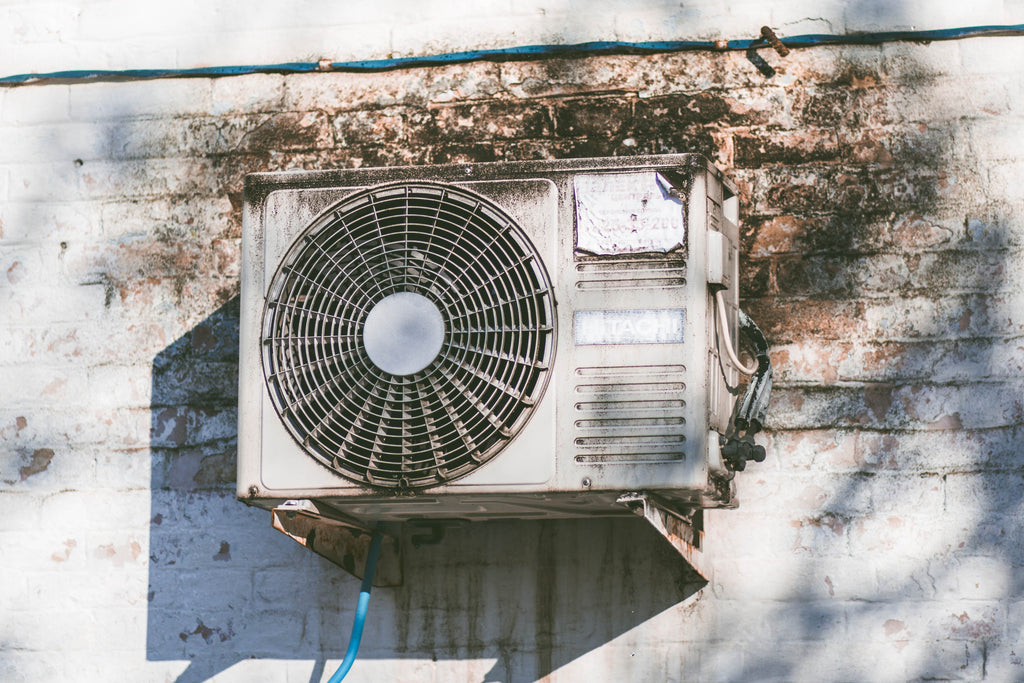
Essential Spring Cleaning Tips for Buy-to-Let Landlords
Even though Spring has been in full swing since March, it is never too late to conduct some pivotal spring cleaning duties. Being proactive when it comes to your maintenance duties will also reduce the number of complaints you receive from the tenants while also providing you with valuable insight as to how your property is being treated while it is still being rented. While there are certain spring cleaning tasks that are designed to keep your property looking great, others will ensure that your tenants’ health is not compromised in any way due to mold growth, carbon dioxide emissions, and a dirty air conditioner among other things. Be sure to include these areas of your home into your annual spring cleaning to benefit both you and your tenants.
Eradicate moisture
One of the most important spring cleaning tasks you can undertake as a landlord is to eradicate moisture from the home. During the winter months, it is common for mold to build up due to the interior humidity. Apart from being unsightly, this mold can also cause a variety of health conditions ranging from mild to severe. People who are sensitive to mold may experience symptoms ranging from skin irritations and itchy eyes to coughing and a running nose. If someone is allergic to mold, however, they can face far more serious reactions that include asthma attacks and potentially life-threatening lung infections.
Natural is best
Investing in a humidifier for your property is a good way to get rid extra moisture before it can cause mild. Once the mold appears it needs to be removed as soon as possible. While this can be done by using chemicals such as ammonia and hydrogen peroxide, natural products are always best as they will have less of an impact on the environment. Vinegar does a great job at killing mold as does a solution made with tea tree oil and water. Alternatively, seek out eco-friendly mold removers from reputable manufacturers such as the concentrated all-purpose cleaner from Mama Suds to remove all signs of mold and mildew in the home.
Check your carbon dioxide and smoke detectors
While your tenants can report any problems with the smoke and carbon dioxide detectors in the home as they notice them, it is up to you as the landlord to check up on the devices at least twice a year. Detectors that are in good working order can not only prevent your property from burning down but also save the lives off your tenants. Not only will you end up saving money by avoiding costly repairs, but potential lawsuits as well that may stem from non-functioning detectors.
Don’t neglect your aircon
If your property has an air conditioning system installed it is imperative to have it checked before summer rolls in. A dirty aircon can be very detrimental to one’s health, especially to people who are already living with respiratory conditions such as asthma and cystic fibrosis. Even tenants with seemingly healthy lungs can develop a range of ailments due to the prolonged inhalation of the toxins trapped within the air conditioning unit. Ensure that the air filter on the unit is changed regularly and have a professional technician carry out routine maintenance once a year during your annual spring clean.
Taking your spring cleaning duties seriously says a lot about what kind of a landlord you are. Even if your tenants are renting to buy your property, you still owe it to them and yourself to keep your house in good condition while it is still legally your responsibility.
Written by freelancer Sally Preston


